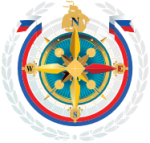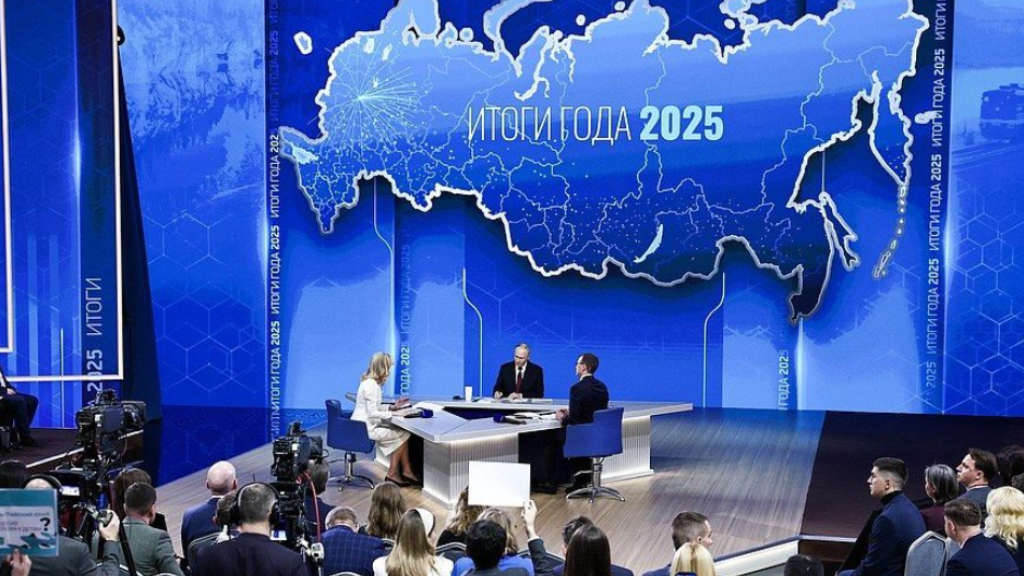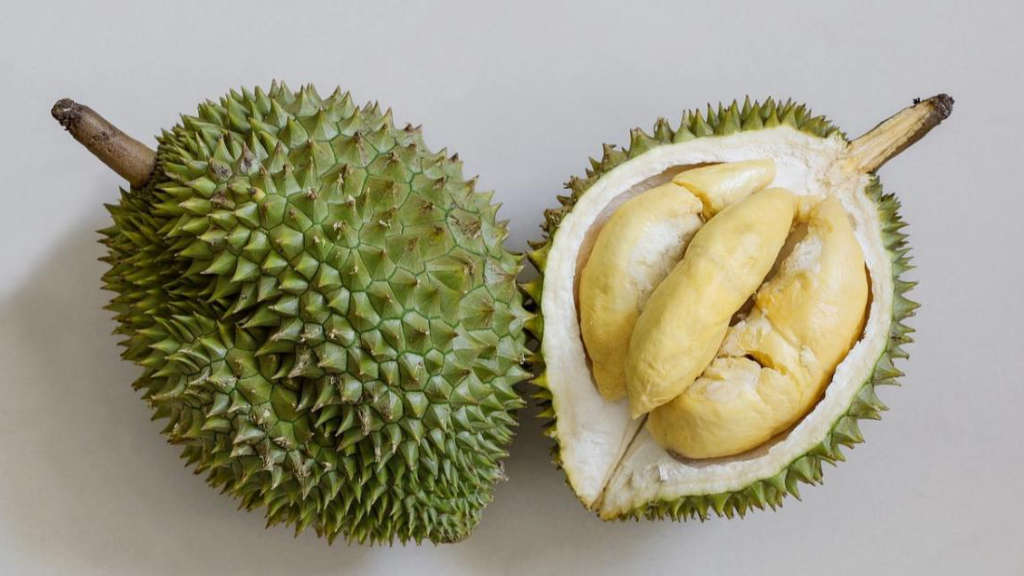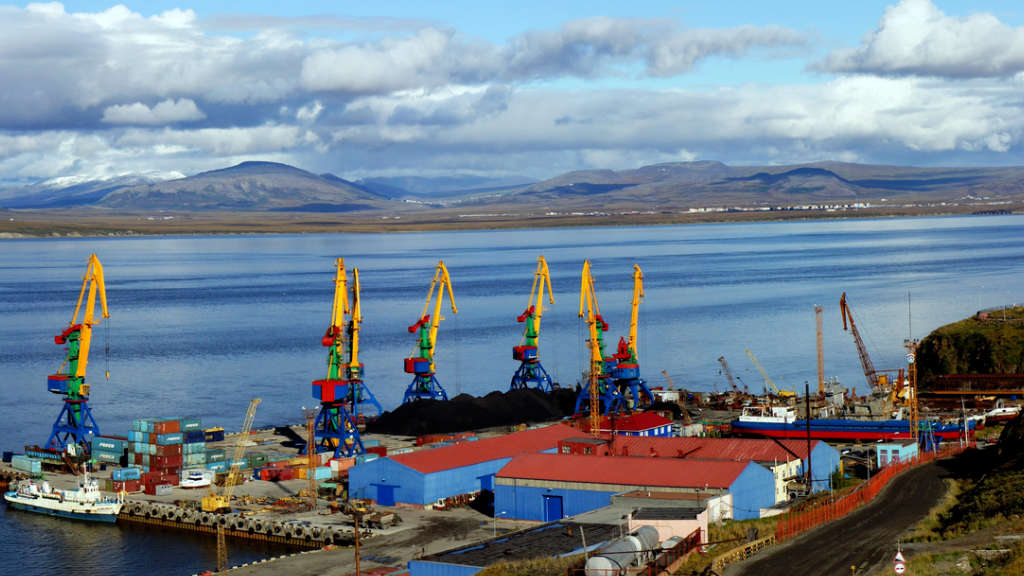The Russian Foreign Minister, Sergey Lavrov, gave an extensive media interview and Q&A session on Tuesday (January 14), at which many questions were asked. The full transcript, including comments about the United States, Ukraine, sanctions and so on, can be read here. In this article, we highlight the comments he made pertinent to our specific focus, being trade and geopolitical developments with Asia and the Global South and provide our own analysis. Media questions are marked Q, Lavrov’s answers are marked SL, and our analysis is marked RPA. Featured are comments about Russia’s relations with China, India, Pakistan, the concept of developing the Greater Eurasian Partnership and expanding Russia’s reach into Africa, the Middle East, Asia, and Latin America. This article is of specific interest to all involved in Russian and European policy analysis and strategic thinking.
Russia, China and the Greater Eurasian Partnership
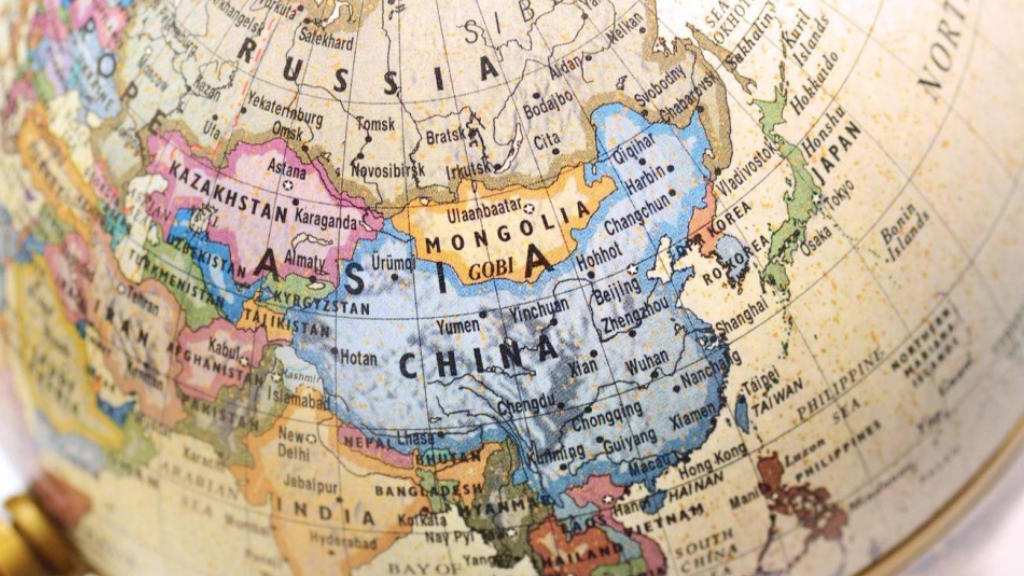
Q: Chinese Foreign Minister Wang Yi stated not long ago that, under the strategic guidance provided by the two heads of state, China-Russia relations were becoming increasingly mature, stable, independent, and strong every day, and served as a model of friendly interactions between major powers and neighbouring countries. What do you have to say about this? What do you think is the secret to the steady expansion of bilateral relations? What are your expectations regarding bilateral cooperation this year?
SL: “The entities relying on Russia-China partnership and joint initiatives belong to a new type of association, without leaders or followers, or masters or subordinates. I fully share the assessments of Russia-China relations provided by my good and long-time friend Wang Yi. We meet several times a year, and these meetings are quite useful, helping us reach concrete agreements to implement foreign policy goals agreed upon by President Vladimir Putin and President Xi Jinping, and coordinate our steps on the international stage.
Without a doubt, Russia-China partnership is among the key factors stabilising modern international life and the ongoing processes that are in use.
These entities include the SCO, (Shanghai Cooperation Organisation) which is expanding its ties with the EAEU (Eurasian Economic Union). The Eurasian Economic Union is harmonising its integration plans closely with China’s Belt and Road Initiative. The BRICS has gained even more strength after the Kazan Summit. Indonesia, which we strongly supported during Russia’s chairmanship, became a full member. Eight more countries have become partner states, and the SCO and ASEAN, as well as many other associations, maintain close cooperation. All of that is based on consensus. The Russia-China tandem can move these processes forward with the support of other participants. The international importance of our cooperation, partnership, and future plans is immense. I’m confident these plans will be realised. We do not seek to oppose anyone. The only thing we want is to see all countries on our planet, including the US-led collective West, interact based on respect for the interests of all their partners. This position is shared by Moscow and Beijing.
President Vladimir Putin has talked about the importance of creating a Eurasian architecture, which, just like the African Union and CELAC, (Community of Latin American and Caribbean States) should be open to all countries on the Eurasian continent. The discussion of these ideas has been ongoing for about 10 years, since Vladimir Putin advanced the Greater Eurasian Partnership Initiative at the first Russia-ASEAN summit. Relevant agreements have been signed between the SCO, the EAEU and ASEAN. We are now coordinating the issue with the GCC (Gulf Cooperation Council).
When we say that this economic, transport and logistics partnership must be open to all countries on the continent (making use of our geographic comparative advantages), we also include the Western part of the European continent. Some West European countries have indicated their interest in this initiative. We are promoting the idea of the Greater Eurasian Partnership through the development of ties and the alignment of the existing integration associations’ programmes. This process is underway.
Relations are developing in the same vein within the framework of China’s Belt and Road Initiative, the North-South international transport corridor, the Northern Sea Route, the Gulf-Chittagong route, and the highly promising Bangladesh-Mumbai-Far East project. This is what we see as the Greater Eurasian Partnership.
I believe that we should also discuss ways to promote Eurasia’s development based on the interests of its countries, as well as its history and geography, rather than from the Atlantic, Pacific or any other perspective. We will do this.
As this partnership gathers momentum, it will include the creation of competitive and more effective ways of economic exchange and a material foundation for the Eurasian security architecture. A dialogue on this is already underway.”
RPA: Lavrov’s answer shows Moscow perceives two major issues that are fundamentally different ways of thinking than in the West. Firstly, it determines that under the European Union, the European continent has become politically and economically divided. From Russia’s perspective, this is a tragedy, and it would prefer to see a united European continent without political or economic barriers. This is the ‘Greater Eurasian Partnership” – a concept first envisaged by Napoleon.
Secondly, and a key part of Russia’s foreign policy is the development of trade, investment and geopolitical ties beyond Eurasia, and in this, Lavrov specifically mentions dialogue, coordination and cooperation with Africa, the Middle East, Asia, and Latin America. Again, this is a wholly different approach to that of the West, whose trade doctrine increasingly appears to be based on inclusivity – now generally referred to as the West but basically including the European Union, North America and outliers in Australia and New Zealand. These regions tend to trade on inclusive-only terms based upon their own needs, and on their own rules. If these are not accepted, then they issue punishments such as denying market access (increasing tariffs) or imposing punishments (sanctions).
The West’s academic response to the concept of a “Greater Eurasian Partnership” is to feel threatened, itself something of a tragedy, possibly a mind-set that has its origins nearly 1,000 years ago during the time of the Mongolian Golden Horde. The Mongols rampaged through Eastern Europe (including parts of Russia as well as much of China) to expand their Empire and extract tributes. A conceptual question to ask is why Russia and China recovered from this ancient shock, whereas Western Europe has not is an interesting point.
Lavrov leaves no doubt that the concept of a united Eurasia – and beyond – is still very much on Russia’s agenda, and that it will develop with or without Western European participation – although Moscow would prefer to see it included.
Russia, India, Pakistan and the Indian Ocean Region
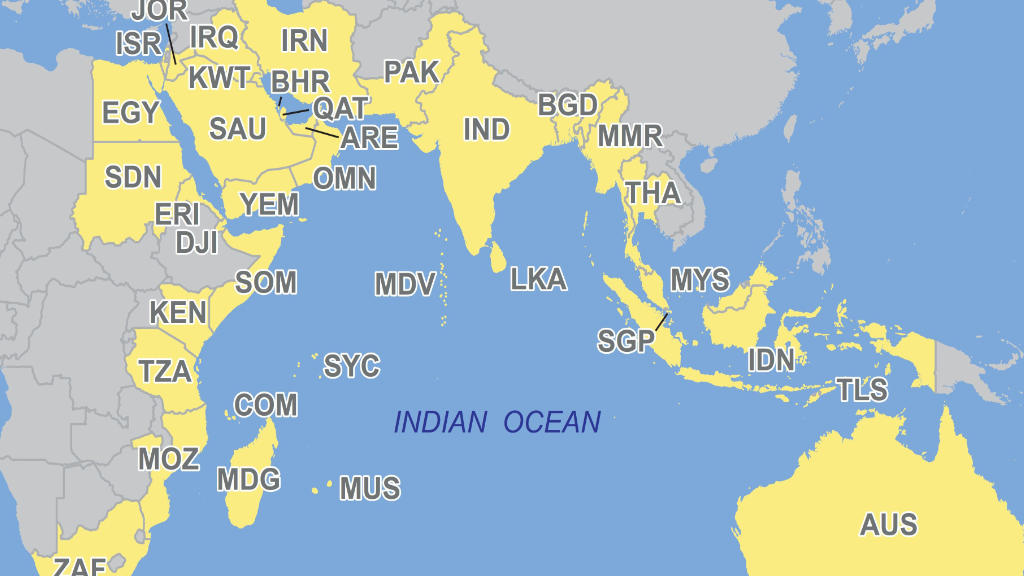
Q: The Russian Maritime Doctrine regards the Indian Ocean as an area of its strategic interests. How could Pakistan use its relations with SCO and BRICS countries within that doctrine to promote safe and mutually beneficial cooperation? What can you say about current Russia-Pakistan relations?
SL: “Our relations are developing progressively. The current period is the most positive one in many decades. There are also projects aimed at restoring the facilities that were created in the Pakistani economy during the Soviet period.
There is a mutual interest in practical interaction in fighting terrorism. Pakistan is suffering from it as well. The fight against terrorism also calls for joining efforts with Afghanistan, India and all SCO countries, because evil people are using Central Asia, Afghanistan and Pakistan for planning and implementing their criminal projects.
The SCO has an anti-terrorist structure. It is working well. We are exchanging information. Since terrorism financing is closely connected with drug trafficking as a form of organised crime, we have been promoting in the past years the idea of creating a common centre for combating new threats such as terrorism, drug trafficking, organised crime, and human trafficking. We will start implementing this concept this year.
I would like to emphasise that all organisational measures are important, but it is even more important to strengthen trust within the SCO in the format that is currently working on Afghanistan (Russia, China, Pakistan and Iran). We believe that it would be beneficial to involve India in it. The SCO and the formats focused on Afghanistan, such as the Moscow Format of Consultations on Afghanistan, are an additional platform where Pakistan, India and China would be able to interact more closely, trying to promote mutual understanding, asking questions of concern to them, and receiving and analysing the answers. We are ready to help promote this process. It will be in the interests of all these countries, our region and the SCO.”
RPA: Lavrov has concentrated more on the security issue in his response. In fact, Russia-Pakistan trade relations have also improved and are likely to continue to do so as the supply chain logistics are rapidly developing as part of the International North-South Transport Corridor (INSTC). This runs from Russia to Iran and then heads east into Pakistan via Iranian and Pakistani rail. This route became operational last year and once bottlenecks are solved will gain volumes. Our recent 2025 Guide to SAARC contains additional details of Russia’s trade with India and Pakistan and can be downloaded here.
Russia and Latin America
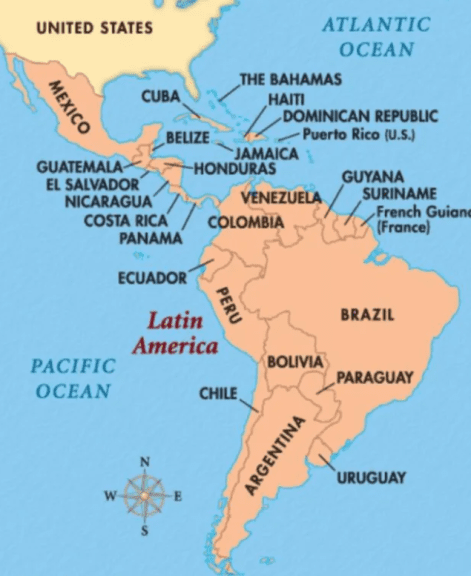
Q: What are Russia’s main projects and priorities in Latin America for the coming year?
SL: “We regard Latin America as one of the significant poles of the emerging multipolar world order. Our relationships with nearly all countries in the region are diverse.
This includes our Brazilian friends, who collaborate with us not only bilaterally but also within the BRICS framework. Brazil has now assumed the chairmanship of this group from us, marking a promising avenue. We have a bilateral agenda with Brazil encompassing economic, military, and technical spheres, among others. Our embassy in Argentina is actively engaged, and we are currently establishing relations with President Javier Milei and his new administration to explore new opportunities.
Our principal partners, friends, and allies include Venezuela, Cuba, and Nicaragua.
We are closely monitoring developments in Bolivia concerning the election campaign, noting that the United States is once again attempting to interfere and create divisions among progressive forces in the country. This is of little surprise.
We actively support CELAC, particularly after President Lula da Silva’s leadership invigorated the organisation, with Brazil not only participating but also seeking to take the initiative. This includes President Lula da Silva’s proposal to develop alternative payment platforms to reduce dependence on the dollar’s dominant position. These are pragmatic considerations. We maintain relationships with MERCOSUR, UNASUR, the Central American Integration System, ALBA, and many others.
Russia was represented at the inauguration of Venezuelan President Nicolas Maduro, where productive discussions took place between our State Duma Speaker Vyacheslav Volodin and the President. I anticipate a fruitful year in our bilateral relations.”
RPA: With Brazil holding the BRICS Chair for 2025, the annual BRICS summit in Rio de Janeiro in October will showcase the BRICS engagement with Latin America and likely introduce additional LatAm BRICS partners, including Colombia, while Bolivia and Cuba became BRICS partners from January 1 this year. We further showcased BRICS and Latin American involvement here.
Brazil’s BRICS 2025 agenda, and its focus on LatAm and the global south is a developing issue we covered in more detail here.
It is also noteworthy that Russia, along with the Eurasian Economic Union is also reaching out to several LatAm trade blocs. Although somewhat under the radar, trade links between Eurasia and Latin America are taking off and this is developing as a key emerging market supply chain. Russian shipping has access to both the West and East coasts of South America via its Vladivostok and St.Petersburg seaports with volumes from both rapidly growing.
Russia, Morocco and Africa
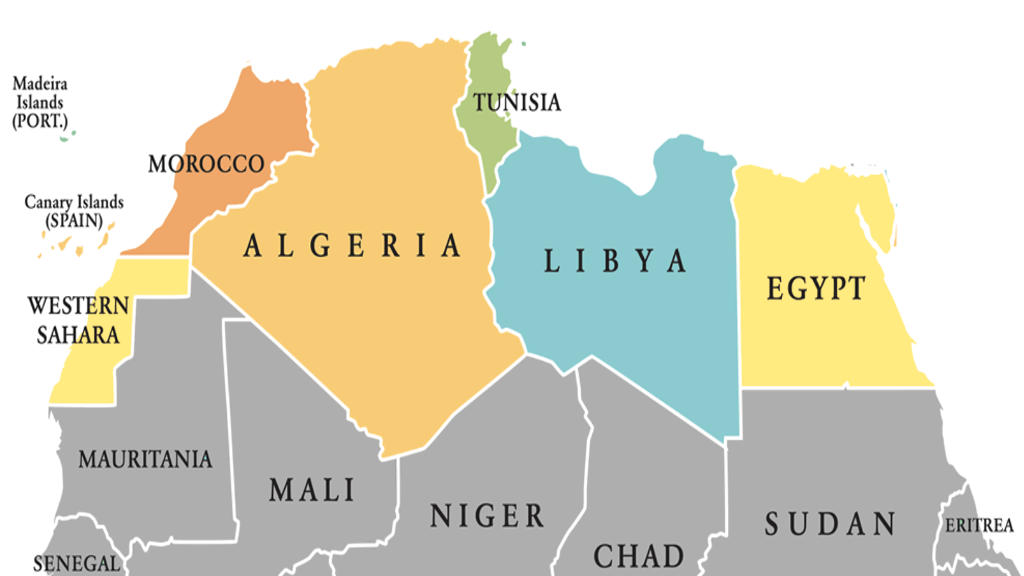
Q: Morocco sees itself as the gateway to Africa. What is your perspective on Russia-Morocco relations?
SL: “Morocco is a friendly country. In December 2023, we held a session of the Russian-Arab Cooperation Forum in Marrakech, Morocco. The event was organised brilliantly, and there was a reception with the Prime Minister. We have good plans. We assist Morocco in addressing issues within the purview of the Foreign Ministry, primarily the Western Sahara issue which must be dealt with based on UN Security Council resolutions.
The topic of self-determination has come up several times today. About 40 years ago, the UN Security Council decided that the issue of Western Sahara’s status should be resolved through self-determination of the Sahrawi people. At that time, I was working in New York. There was a UN Secretary-General special envoy tasked with organising a referendum, James Baker, the former US Secretary of State. He drafted detailed procedures on how votes should be counted and how tribal elders should select participants for the referendum. Everything appeared to be on track. Yet, things haven’t budged in 40 years. This is a challenge for Morocco.
During Donald Trump’s first term in office, his administration unilaterally declared Western Sahara part of Morocco. Now, we face similar situation with Greenland and the Panama Canal. These issues can be resolved only through bilateral efforts. Any other approach will just sow the seeds of tempest.
It is critical to seek mutually acceptable arrangements. We know how important this issue is for Morocco and will make every effort to assist it. However, the matter can only be resolved through mutual consent without imposing anything on either side.”
RPA: Lavrov has focused on the security aspect in Morocco, which includes issues in the Sahel region of Africa, a huge area to the south of Morocco undergoing stresses as European colonial elements depart and a new, partially Russian-led regional security apparatus replaces it. At the core of the problems lies Islamic militancy, which if not dealt with mean the likelihood of a widespread war is high. We discussed these security issues here and here.
In terms of Morocco trade and development, the country has expressed an interest in joining the BRICS group, while we discussed Russia’s trade and development with Morocco here.
Summary
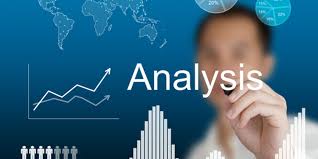
Apart from the bilateral issues Lavrov discussed, the major academic issue raised is the Russian push for an integrated Eurasia, which is going ahead regardless. Such trade was the norm – although logistically challenging – in the 19th century, when diplomacy and commerce between Europe and countries such as Iran and beyond to India and China was commonplace. That was the era of the great colonial powers, which two World Wars effectively destroyed.
This was replaced with an artificially introduced barrier between Western and Eastern Europe, with its most obvious incarnation being the Soviet Union. The emergence of two separate trade blocs, the European Union, and the Eurasian Economic Union continues to facilitate this as they are operated on mutually incompatible regulatory and tariff systems. Coupled with this has been the recent European Union embargo on any trade with Russia in addition to sanctions pressure being placed on Russia’s trade partners.
An interesting point about Eurasian integration is that both the West, and the East appear to want the same thing, yet are going about it in different ways. The West has engaged NATO to help it push East, which Russia is resisting due to its military-first capabilities and apparent intent to create divisions, including the promotion of an anti-Russian (and Chinese) agenda. This somewhat schizophrenic approach – military threats and antagonism as a way East, runs contrary to Russia’s approach, which according to Lavrov, is based upon opening trade routes and cooperating. It is easy to see where the fault lines are: both West and East want the same thing – unification – but the West is backing it up in a militaristic manner. The current conflict between both sides has become embroiled in a political argument about future control, currently being played out on the battlefields of Ukraine.
Here, Lavrov expresses concern about the European Union and the confrontational attitude it is taking toward Eurasian unity. However, he is not pointing the fingers directly at Brussels, nor Europe in general. He identifies the United States, not Europe as the instigator of the current divide.
It remains to be seen if the Western European position is capable of change. The emotional damage caused by the Ukraine conflict, and the anti-Russian rhetoric created has also inflicted significant, quite deliberate barriers to enunciating any non-pro-Western alternative opinions as to how Eurasian unity can be achieved.
With the current NATO chair making comments such as the need for Western Europe to increase military spending beyond 2% of GDP, and suggesting that if not, Europeans ‘will have to learn Russian’ the prognosis is not good. If this assumption is correct, the course of action becomes clear – Western Europe and the European Union will become even more closely intertwined with the United States, with policies dictated by Washington rather than Brussels or London. Barriers to Eurasian integration will remain.
However, Lavrov has stated that this will not lead to the creation of a new wall between Europe nor the recreation of the Soviet Union. He points out that Russia has moved way beyond those constraints and is actively engaging in developing its part of the Eurasian land mass and expanding this far into Asia, the Middle East, Africa and Latin America. Russia also has the resources to do so, mainly via its massive energy reserves, which Europe no longer possesses.
The implications therefore appear quite clear: unless there is a profound change in Western European academic thought as concerns its role on the Eurasian landmass, it is instead prepared to devote its entire economy and security to the United States, even though between them lies 106.5 million square kilometres of Atlantic Ocean. The main EU-US seaports (Rotterdam-New York) are 5,850 km distant from each other. The expense and logistics involved in breaching such distances, and only by sea or air, are obviously substantial. Russia however is a next-door neighbour – and will remain so. It is connected to Western Europe in far more dynamic ways than the United States.
Western European integration with the United States therefore will be time consuming and costly. Russia however has indicated it has rather different priorities. It intends to develop global markets with or without Western Europe, has been laying down the groundwork to do so and is now building its diplomatic connectivity as well as trade and infrastructure development on a truly global basis.
Western Europe may well integrate with the United States. It is already poised to lose some of its territory – Greenland, which is currently sovereign part of Denmark. Russia however appears set to overtake Western Europe in global reach. The implications of this shift in Eurasian dynamics are staggering.
Further Reading
